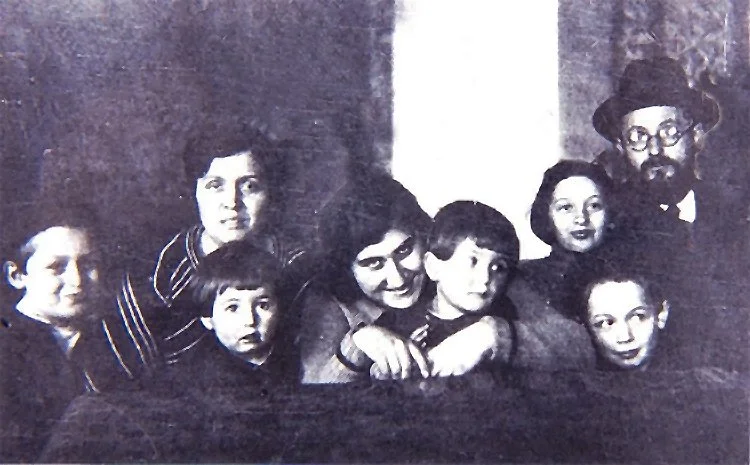The Ancient Energy of Fear
I’ve been reading a wonderful book, Fear: Essential Wisdom for Getting Through the Storm, by Thich Nhat Hanh, the extraordinarily wise Vietnamese Buddhist monk and peace activist. Much of Thich Nhat Hanh’s teachings revolve around the benefits of mindfulness, and he emphasizes the importance of regularly bringing that deep attention to our fear.
Thich Nhat Hanh explains that it’s only when we’re willing to be fully present with our fear that we can stop the all-too-common cycle of avoidance and repression that makes fear feel so threatening. He even asks us to welcome our fear at times when it hasn’t spontaneously arisen so we can embrace it calmly, with loving kindness. “Invite your fear into consciousness, and smile through it; every time you smile through your fear, it will lose some of its strength. If you try to run away from your pain, there is no way out.”
Thich Nhat Hanh has witnessed that most people spend their lives perpetually running from fear, which prevents them from being fully present to enjoy the beauty in their lives. He believes our “original fear” traces back to the moment we left the warm safety of our mother’s womb and emerged into this overwhelming world, utterly helpless. “We were born, and with that birth, our fear was born along with the desire to survive. This is original desire. As infants, each one of us knew that to survive, we had to get someone to take care of us.”
Additionally, Thich Nhat Hanh believes that fear is always inherited from the generations that came before us. “Our ancestors suffered from hunger and other dangers, and there were moments when they were extremely anxious. That kind of fear has been transmitted to us; every one of us has that fear inside…We worry about external threats. Even when nothing bad is happening, that doesn’t prevent us from feeling fear.”
Mendek (far left) with his family in Poland
My father discovered this truth in his own healing journey. As he began to face and explore his difficult emotions, he realized that in addition to the suffering he’d experienced directly, he was also carrying the bottled-up pain and frustration of his ancestral past. He wrote, “As I look back over my life, I feel certain that my human experience on earth—starting with a seemingly endless sea of pain, fear, rage, guilt, grief and loneliness—could not be the consequence of my present lifetime alone, the Holocaust notwithstanding.”
It’s taken me decades, but I’ve recently begun to recognize that much of my fear and sadness are rarely all me or mine. When I tune into these emotions instead of running away, I can feel the energetic waves of terror, helplessness, and grief from countless ancestors who endured lifetimes of persecution, cruelty, and violence. While it’s impossible for me to escape my legacy as daughter of two Holocaust survivors, there is a powerful liberation in discovering that my intense emotions and fearful thought patterns have far reaching roots. This awareness helps me break free from self-criticism and put to rest old beliefs about being hopelessly neurotic.
In large part thanks to the teachings of Wendy De Rosa (the renowned energy healer who is leading our Get Grounded for the New Year event tomorrow), I’m learning how to release energies that are not serving my emotional, physical and spiritual wellbeing, even if I can’t clearly explain them or identify where they came from.
While facing what we’ve inherited can be challenging, it simultaneously wakes us up to the interconnected, cyclical nature of life. Thich Nhat Hanh says that when we’re able to recognize that we are all participants in the ever-flowing stream of life, our fears around aging, illness, impermanence, and death will be soothed. The reality is that we have never been and can never be truly independent individuals. Our ancestors are present in every cell of our body, just as we will be present in future generations.
“Think of a plum tree,” Thich Nhat Hanh wrote. “In each plum on the tree there is a pit. That pit contains the plum tree and all previous generations of plum tree. The plum pit contains an infinite number of plum trees. Inside the pit is an intelligence, a wisdom that knows how to become a plum tree, how to produce branches, leaves, flowers, and plums. It cannot do this on its own. It can do this only because it has received the experience and adaptations of so many generations of ancestors. You are the same.”




